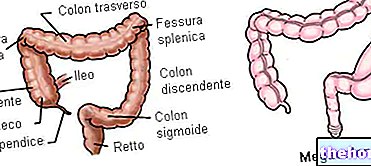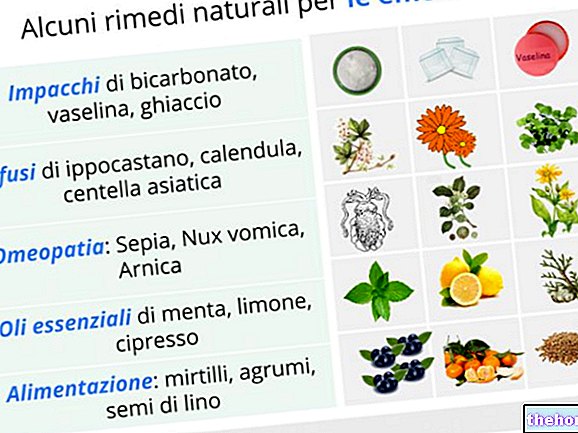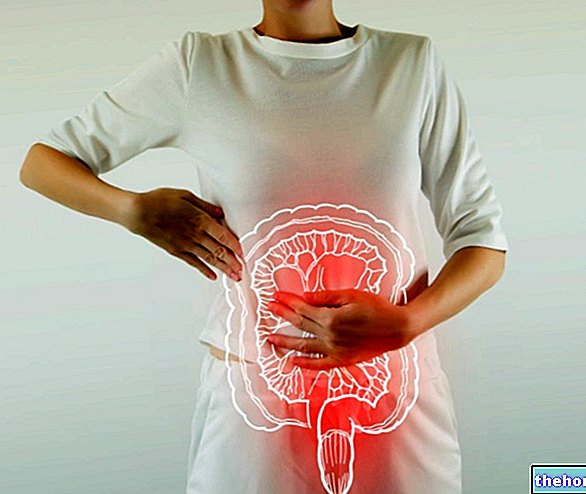anal are small cuts resulting from tearing or laceration of the anal mucosa; these ulcerations tend to form when the stools are thicker or harder than normal, so constipation is certainly the main predisposing factor.
Anal fissures are associated with acute (violent, sharp, burning) and intermittent anal pain, with a tendency to present or worsen during or immediately after defecation. Additionally, anal pain is typically accompanied by small bleeding, visible in the form of bright red streaks on toilet paper.

In most cases, anal fissures resolve spontaneously in the absence of treatment. A careful and correct intimate hygiene, associated with a diet rich in liquids, fruit and vegetables, can be "helpful", preferably accompanied by regular physical activity.
indicates the enlargement of the normal vascular cushions (haemorrhoidal veins) located around the anus. These venous dilations are once again favored by constipation, but also by other conditions such as pregnancy, liver cirrhosis or a genetic predisposition to the fragility of the venous wall with a tendency to varicose veins.In general, "simple" hemorrhoids are almost asymptomatic; anal pain is absent or very slight, while the most relevant symptom consists of small bright red bleeding at the end of defecation. On the other hand, when the situation becomes complicated, internal hemorrhoids can come out of the anus, due to defecation or a cough; once they have leaked, they can return spontaneously (less severe cases) or only after being pushed by external pressure. Prolapsed hemorrhoids appear as a clearly visible and palpable bump protruding from the anus. When the haemorrhoidal vessels are trapped on the outside, the anal sphincter can constrict them causing particularly intense and violent painful anal pangs. The obstruction of the haemorrhoids (both internal and external) can also be linked to the formation of a blood clot within them (a condition known as hemorrhoidal thrombosis). When the hemorrhoid undergoes thrombosis, the prolapsed mass or anal swelling becomes harder, painful to the touch and takes on a bluish color.
it is a small pathological tunnel that connects the anal canal with the skin surrounding the anal orifice. Purulent and fecaloid material comes out of this passage; all accompanied by local pain, itching and swelling. The formation of a fistula is often the the result of an "infection of the anal glands with the formation of an abscess (pocket of pus) which, breaking down, communicates with the outside.
In perianal abscesses + anal pain is constant, dull, and in the absence of treatment it gradually increases over time; it can also be associated with fever and is typically accompanied by swelling (swelling) and red, hot and painful anal skin to the touch.
Treatment consists of drainage under local or general anesthesia via incision.
: such as chlamydia, gonorrhea, herpes or anal warts (in the latter case you may notice small growths in the anogenital region similar to warts). Pain and itching tend to be constant and are not influenced by the evacuation of stool; often, they are accompanied by mucous, blood or purulent discharge with the stool and sometimes with genitourinary symptoms typical of the infection.



























